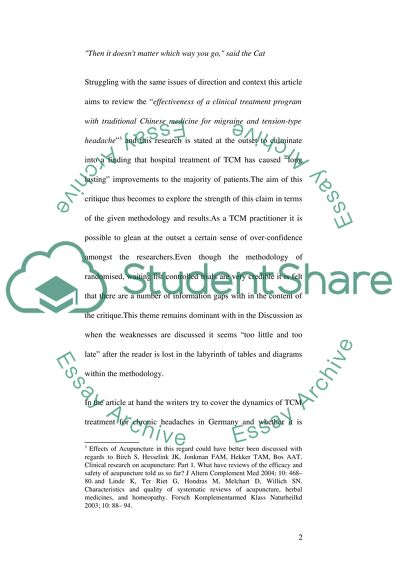Cite this document
(“Traditional Chinese Medicine Article Critique Book Report/Review”, n.d.)
Retrieved from https://studentshare.org/health-sciences-medicine/1518595-traditional-chinese-medicine
Retrieved from https://studentshare.org/health-sciences-medicine/1518595-traditional-chinese-medicine
(Traditional Chinese Medicine Article Critique Book Report/Review)
https://studentshare.org/health-sciences-medicine/1518595-traditional-chinese-medicine.
https://studentshare.org/health-sciences-medicine/1518595-traditional-chinese-medicine.
“Traditional Chinese Medicine Article Critique Book Report/Review”, n.d. https://studentshare.org/health-sciences-medicine/1518595-traditional-chinese-medicine.


